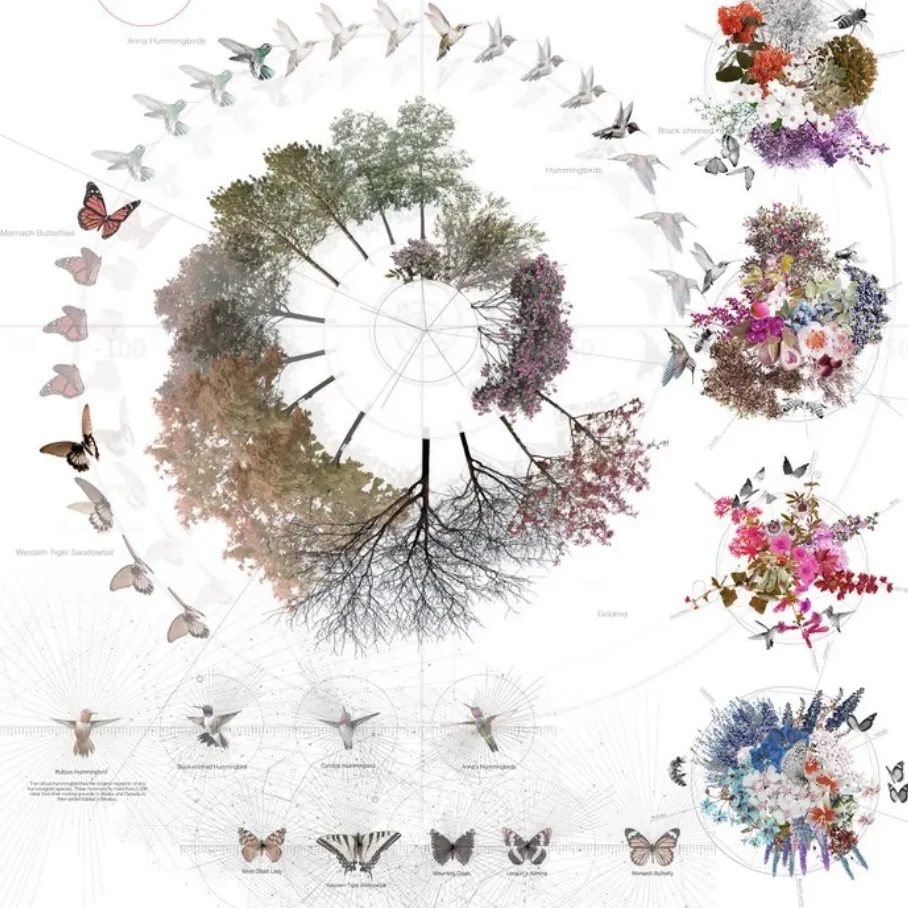Image Description: An illustration of a person holding a glowing lantern, walking in darkness. The figure is framed by two large protective hands forming a shelter around it, symbolizing guidance, care, and protection during challenging times.
by Curtis Ogden
In our last blog post, we reflected on network weaving as “light work” – the gentle, steadfast practices of connection that counter fear and isolation. We drew on teachings from the Brahma Kumaris and Father Richard Rohr to remind ourselves that while the noise of destruction is loud, the quiet tending of seeds can be even more powerful. We named how fear, misinformation, and division are being used to fracture communities, and how networks can serve as lanterns in the dark, offering warmth, clarity, direction, and care.
That first reflection highlighted a simple truth: networks are not just technical structures or professional associations. They are living systems of relationships. When woven with love, they can help us break out of isolation, amplify what matters most, and remember that the light is always present, in and around us, even when circumstances try to convince us otherwise.
Networks are most powerful not only when they respond to crises, but when they sustain possibility, care, and connection in everyday life. In our recent webinar, we explored how weaving relationships can be both practical and profoundly spiritual work, fueling resilience, amplifying joy, and keeping us tethered to what matters most. Our guests, Noel Didla and Keith Bergthold, shared powerful examples of weaving connections, sharing resources, and bringing light and love to places that might surprise you.
In conversations leading up to that session and since, we’ve been naming the everyday choices that sustain this kind of work: how we listen, how we show up, how we keep one another tethered to what matters most. So this follow-up offers a closer look at these practices that many of us are already experimenting with or longing to deepen. They are often small and simple, yet when repeated and shared across networks, they generate warmth, resilience, and joy.
Here are some of the practices that have come to mind and heart:
Collective Action & Mutual Care
- Doing mutual aid work
- Facilitating restorative circle work
- Banding together with others to defend those who are most vulnerable
- Protecting our leaders (including protecting them from themselves)
- Keeping in mind “excess” resources/capacity and offering to others
Practices of Wellbeing & Connection
- Holding space with loving intention
- Sharing the appreciations we have for one another
- Seeing one another and reflecting back our strengths and values
- Engaging in dialogue while holding complexity and not devolving to blame
- Care-full listening to ourselves, others, and the more-than-human world
- Respecting and savoring both silence and stillness
Inner Work & Growth
- Grounding ourselves deeply in a sense of humility
- Remembering not to take ourselves too seriously and being willing to laugh
- Practicing gratitude and forgiveness (for/of ourselves, others, the universe)
- Doing our own “shadow work” so that we are not projecting on others
- Doing “bridging work” rather than defaulting to “breaking” behaviors
- Setting loving boundaries to keep from being overwhelmed
- Staying curious and always eager to learn
Spiritual & Cultural Wisdom
- Extending the teachings of elders to these times and our specific places
- Remembering and honoring our more-than-human kin
- Expressing awe and wonder about … everything
- Taking time to step back and look at the bigger picture
- Living like you believe a more beautiful world is possible
- Keeping focused on the higher goal of your work/life
- Loving without any good reason
These practices can become that much more powerful through what Grace Lee Boggs once called “the invisible fabric of our connectedness.”
Which of these speak to you?
What might you add?

Curtis Ogden
Much of Curtis Ogden’s work with IISC entails consulting with multi-interest-holder networks and complex intra-organizational change efforts to ultimately strengthen and transform food, public health, education, and economic development systems at local, state, regional, and national levels. He has worked with these efforts to launch and evolve through various stages of development.
originally published at Interaction Institute for Social Change
Featured image By Naila Conita via Unsplash+

Network Weaver is dedicated to offering free content to all – in support of equity, justice and transformation for all.
We appreciate your support!



